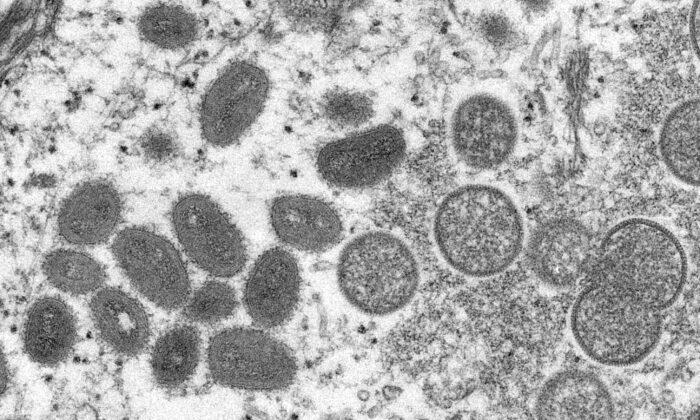A probable monkeypox case has been identified in Philadelphia, the first such case in Pennsylvania.
The city’s health department announced the case based on preliminary testing at the Pennsylvania Department of Health’s Bureau of Laboratories where the person tested positive for orthopoxvirus, the family of viruses that includes monkeypox and smallpox.
A test to confirm whether the case is monkeypox is pending at the U.S. Centers for Disease Control and Prevention (CDC).
Philadelphia’s public health department says it will not be confirming any information about the resident but is working with Pennsylvania’s health department and the CDC to figure out how the individual contracted the disease.
The health groups will also probe whether the person may have exposed anyone else to the disease ever since they became infectious for monkeypox. If they identify any potentially exposed contacts, the department staff “will contact those people directly.”
“Monkeypox is much less contagious than COVID-19 and is containable particularly when prompt care is sought for symptoms. Vaccine to prevent or lessen the severity of illness is available through the CDC for high-risk contacts of persons infected with monkeypox, as is antiviral treatment for patients with monkeypox,” Perella said.
“I believe that residents and visitors should feel safe to do all the fun things Philadelphia has to offer, with the proper precautions.”
Monkeypox is spread through close or intimate personal contact.
According to the CDC, monkeypox was first discovered in 1958 after two outbreaks in laboratory monkeys. Monkeypox was reported in humans for the first time in 1970, in what is now known as the Democratic Republic of Congo.
The United States faced its last major outbreak of monkeypox in 2003.
The Philadelphia Department of Public Health advises that anyone who has symptoms of an unexplained rash on their body that may be accompanied by flu-like illness, should contact their doctor for treatment.
“People who are feeling ill should stay home. And of course, remember that persons who only have flu-like symptoms without rash should get tested for COVID-19,” the city announced in a release. “Ill persons should wear a mask when seeking care or if they are not able to isolate from others.”
Symptoms of monkeypox include fatigue, fever, and headache, as well as enlarged lymph nodes, later accompanied by a rash on the face or other parts of the body, including the limbs and genitals. Some cases start with a rash with no other symptoms. The rashes morph from small flat spots to small blisters similar to chickenpox, and later to larger blisters.




